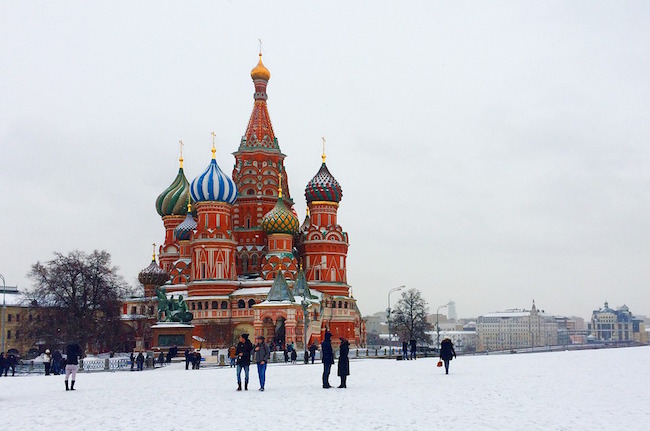Without Farewell: A Detroit Love Story By J. Eric Wise for American Greatness
Everyone else was making so much money on the new economy that they had no incentive other than to cheer what was paying them, and blame those it harmed for their growing poverty.
A French exit, as they sometimes call it, is synonymous with “ghosting.” One simply disappears, without farewells. Detroit was once one of the top four citiesin the country, and the very top in standard of living, home ownership, manufacturing, entertainment, aviation, mobility, and consumer innovation. It is the only case I know of a major American city that ghosted, disappearing without saying goodbye. This is that story, or the part I can remember.
Boom and Bust French
According to Aristotle the city comes together for the sake of living but continues to exist for the sake of living well. Detroit has its own twist on this observation, having been founded for the sake of the French habit of living well or, at least, dressing well. French trappers and traders first moved into the region around the Great Lakes where beavers thrived after the demand for hats, first popularized by Louis XIII of France, led to the disappearance of European beavers.
Louis XIV in 1685 issued the Edict of Fontainebleau, revoking nearly 100 years of religious tolerance for French protestants, or Huguenots. With the expulsion of the Huguenots complete, French protestants found themselves in colonial New York (e.g., New Rochelle), among other places, and like their British American counterparts, permanently settled there in the interest of religious liberty.
But French Catholic settlement was different. Having no interest in religious liberty, many French men came to North America without families, intending to return to Europe rich from trapping. By the turn of the 17th century, traders periodically accumulated surplus pelts around Michilimackinac, a trading post and fortress situated at the intersection of Lac des Michigami (Lake Michigan), Lac des Hurons (Lake Huron) and Lac Superieur (Lake Superior). Price volatility undermined French settlement in the region, as the vigor of settlements went up and down with the volatility of fur prices.
To protect the boom-and-bust French settlements from the encroachment of the more stubborn sort of British settlement, Louis XIV commissioned his Minister of Marine, compte de Pontchartrain, to establish a permanent, self-sufficient—which meant farming—settlement in the region of the Great Lakes.
Pontchartrain turned to Antione de La Mothe Cadillac, an experienced new world adventurer. Cadillac recruited 100 people—roughly 40 families—for the new settlement. Surveying the geography, Cadillac chose an advantageous spot on the strait of Lake Erie or “le detroit du Lac Erie.” There, in 1701, Cadillac founded Fort Pontchartrain du Detroit. My paternal grandmother was a descendant of Joseph Parent, a blacksmith and head of one of the 40 families that first settled Detroit. The majority of my cousins on my father’s side descended as well from Paul L’Anglois (a last name signifying Norman of English extraction), another of the first Detroiters.




